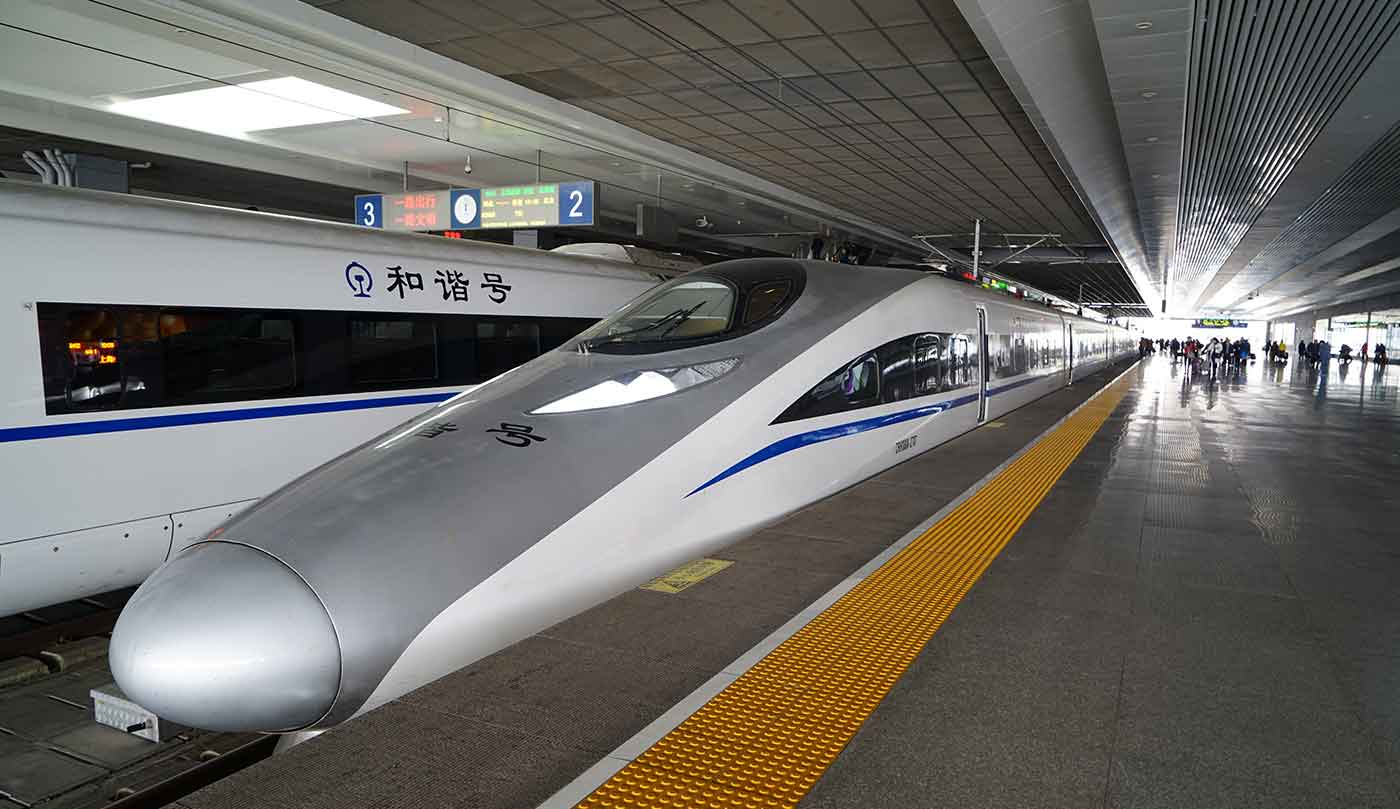China Goes Global: How Stepes Can Help
- Emily Feng
- February 10, 2016
- 4,294 views

As more Chinese companies look to go west, translation and localization services have had to customize their technology and services that have traditionally been oriented towards helping western companies expand into markets like China.
For example, the original Chinese text is often problematic to work with and does not translate well into other languages. Most technology management software platforms are geared towards original English source text rather than Chinese text that has been translated into English. Using this roundabout method – translating English translations of Chinese – can result in final product that reads awkwardly. Moreover, the kind of content businesses need translated today has changed. That content can range from hundreds of pages of technical documents, product-specific marketing materials, to user-generated digital content and product descriptions, all of which needs to be translated in increasingly short periods of time while still meeting a high level of quality. Until Stepes, there was no technological solution for handling the volume and type of content Chinese companies require to produce translations at a truly global standard of quality.
However, Chinese companies stand to gain huge rewards should they be able to initiate high quality localization and translation efforts. Conversely, they are presently losing out on significant financial and strategic gains by not investing in human translation and localization initiatives.
For example, some of the most globally-mature Chinese companies are technology and software companies. The price point and quality of these Chinese products make them globally competitive with more established North American or European products. However, what is holding back Chinese products from gaining significant global market share is their packaging, documentation, and overall presentation. Unlike their Korean or Japanese counterparts, Chinese tech companies do not have in-house translation units that produce multilingual versions of the product as it is being designed and manufactured. As a result, Chinese products – while perfectly function and high quality – might be accompanied by dense and confusing user manuals, unattractive branding in other languages, and clunky user interfaces.
Not does badly-translated product documentation detract from the overall user experience, it can also land your business in legal trouble. New products in particular have to comply with documentation and auditing standards for quality and safety purposes. This is particularly crucial for those in the life sciences industry, manufacturing either pharmaceuticals or medical devices, where even the slightest mistranslation can result in punitive fines or worse, cause harm to users.
Relatedly, an increasing number of Chinese companies are producing popular video and computer games. Online gaming is an enormously globalize-able product; anyone can play a game with an Internet connection and phone or computer, once the game has been localized into their native language. The problem is the last step: localizing games. As we have written before, gaming companies have a difficult time finding translators with the understanding to localize games at a level that feels seamless to players, who can be highly critical of shoddily localized game.
E-commerce is also an increasingly vital part of Chinese commercial growth. Sites like Taobao, TMall, and JD.com channel huge amounts of products each day, rivaling older competitors like Amazon in volume and revenue. However, e-commerce sites face a major hurdle translating their product and vendor information when expanding globally. They simply can’t handle translating the volume of new products that get uploaded on their sites daily.
In sum, due to either nonexistent or shoddy translation services, Chinese companies that want to go global are stuck with confusing or grammatically-questionable materials, which can erroneously signal low quality or a lack of legitimacy to customers.
Fortunately, Stepes, the world’s first chat-based translation app, is now able to provide solutions tailored to the unique circumstances and needs of Chinese companies looking to go global. Stepes’ mobile platform allows businesses to access a wider pool of translators and receive on-demand translations in a shorter amount of time and at lower cost. Because of Stepes’ bigger network of translators, companies can also get translations in a greater number of language pairs and work with subject matter experts for translating life science, technology, legal, gaming, or other kinds of more specialized content.
While more and more new start-ups have sprung up in the translation and localization industry to offer solutions to the above problems, the majority of translation companies are still headquartered in the United States. Uniquely, CSOFT, Stepes’ partner, has had one of its two headquarters in Beijing since its inception in 2002, a background that gives the company extensive experience working with Chinese clients. Stepes is directly born out of this experience and is equipped with a China-based team able to handle Chinese clients with cultural and business nuance.
Translation is often overlooked by businesses as part of their global strategy, in part because of how good translation is often invisible. We don’t notice translation when it is done well, but when it is done poorly or not attempted at all, customers take note. For Chinese companies looking to enter international markets, first impressions are crucial. It all begins with translation.











